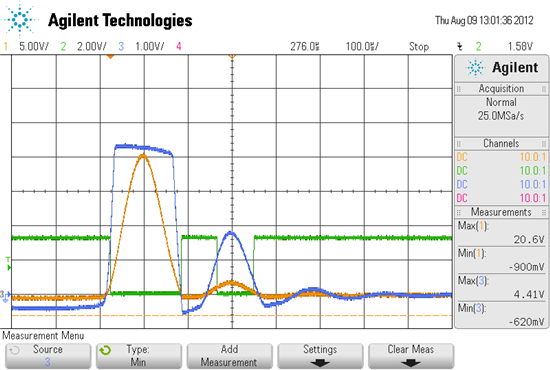Originally mistakenly posted under Audio Amplifier forum. Moved to /etc... Amplifiers & Other Linear
If one of the TLV3011 inputs (the inverting for example) is driven to a voltage high or low enough such that the diode to the associated supply rail conducts, will the output still be as expected? Or can the output phase reverse? Let's say there is a 10kOhm resistor to limit the current.


